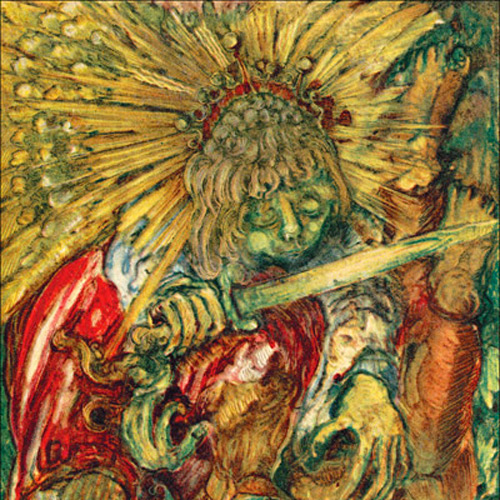Art and Images in Psychiatry
Art, the creative expression of the mind, provides a window into the human condition. Between 2002 and 2014, JAMA Psychiatry published monthly essays by James C. Harris, MD, Director of the Developmental Neuropsychiatry Clinic and Professor of Psychiatry at the Johns Hopkins University School of Medicine, exploring the role of the visual arts in representing truths about mental health, coping with illness, trauma and conflict, addressing social stigma, and enriching society's understanding of mental illness. JAMA Network is pleased to compile these essays for easy access by trainees, physicians, and the public.
Topics
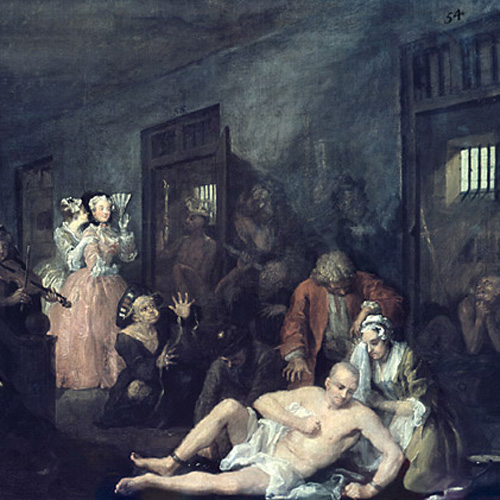
Asylums
William Hogarth, Bedlam
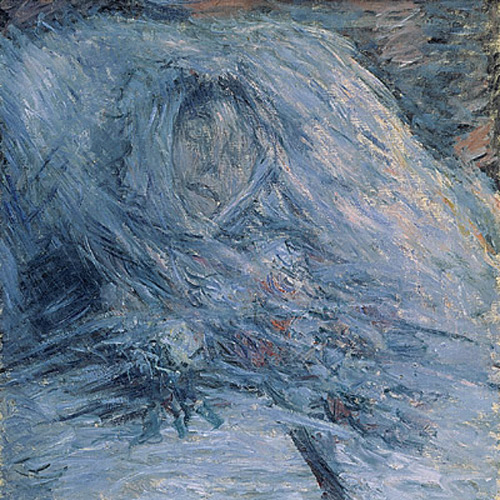
Bereavement: Coping With Loss
Claude Monet, Camille on Her Death Bed
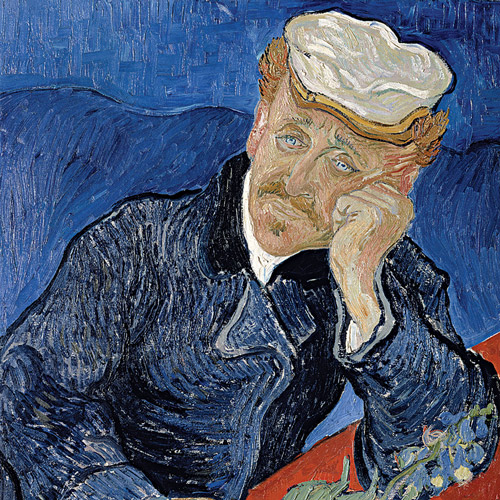
Depression and Bipolar Disorder
Vincent van Gogh, Portrait of Dr. Gauchet
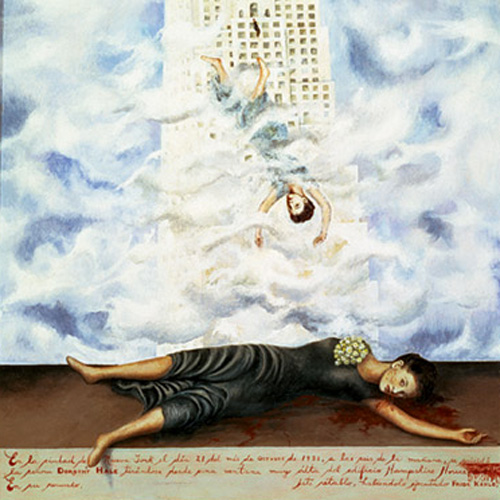
Suicide
Frida Kahlo, The Suicide of Dorothy Hale
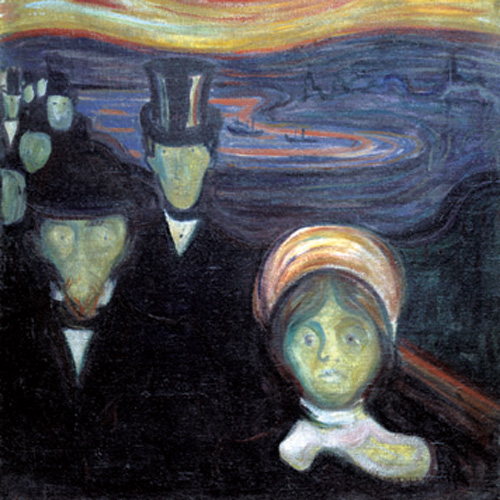
Anxiety Disorders
Edvard Munch, Anxiety (Angst)
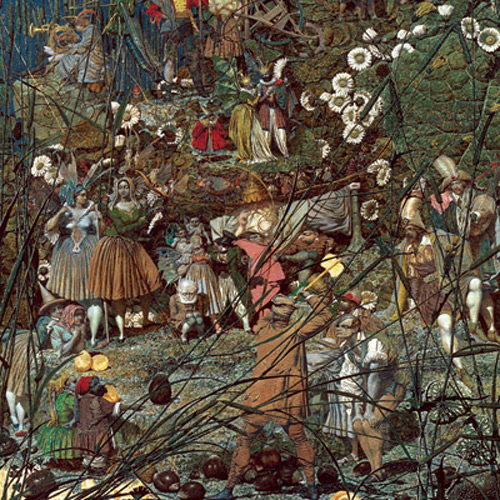
Schizophrenia and Psychosis
Richard Dadd, The Fairy Feller's Master-Stroke
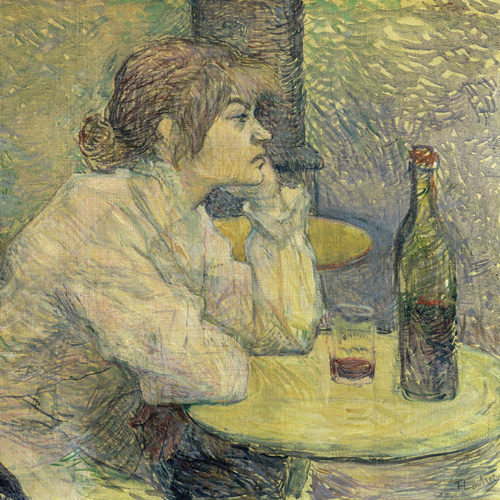
Substance Abuse
Henri de Toulouse-Lautrec, The Hangover (Gueule de Bois)
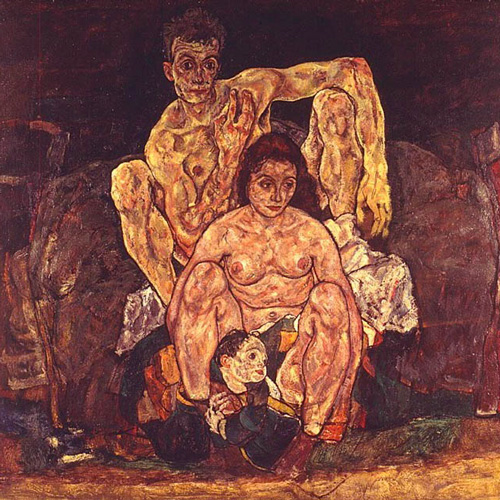
Traumatic Life Events
Egon Schiele, The Family (Squatting Couple)
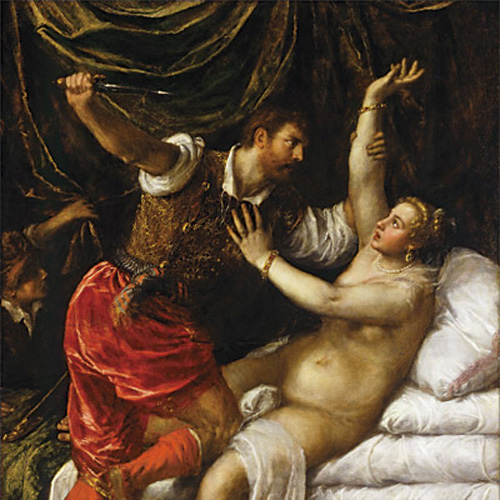
Sexual Issues and Rape
Titian (Tiziano Vecellio), Tarquin and Lucretia (Rape of Lucretia)
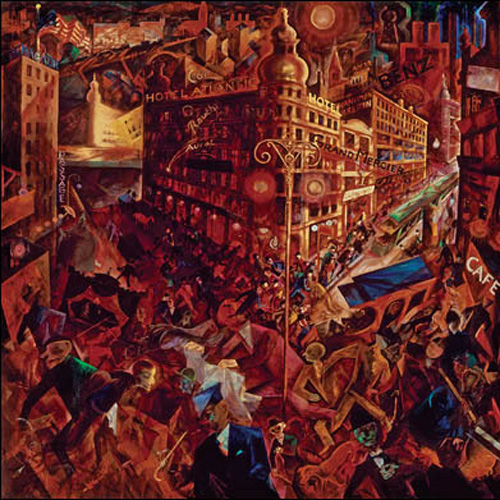
Eugenics and Involuntary Euthanasia (Degenerate Art)
George Grosz, Metropolis
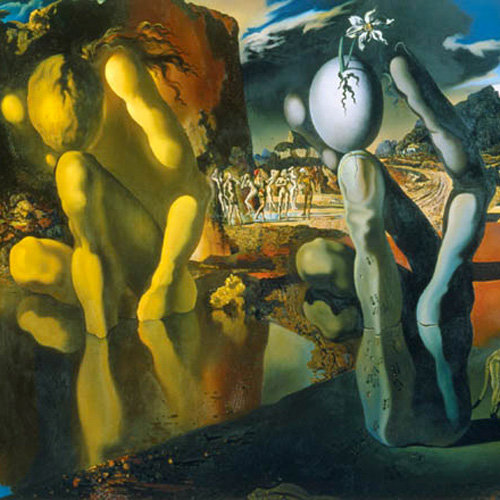
Depth Psychology (Freud and Jung)
Salvador Dalí, The Metamorphosis of Narcissus
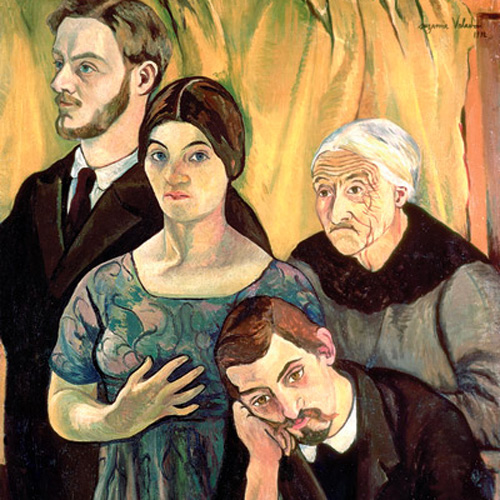
Marriage and Family Life
Marie-Clémentine (Suzanne) Valadon, Portrait of the Family
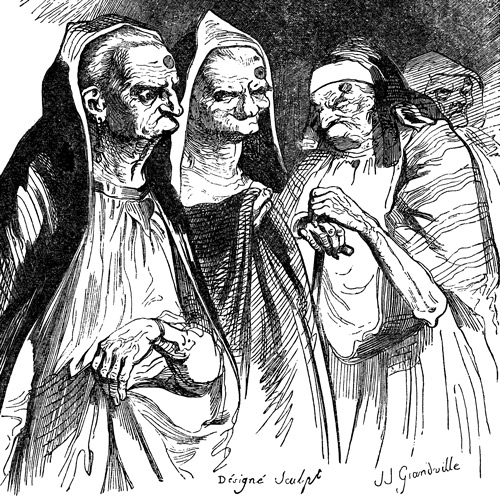
Aging
J. J. Grandville, Gulliver's Travels: The Struldbruggs
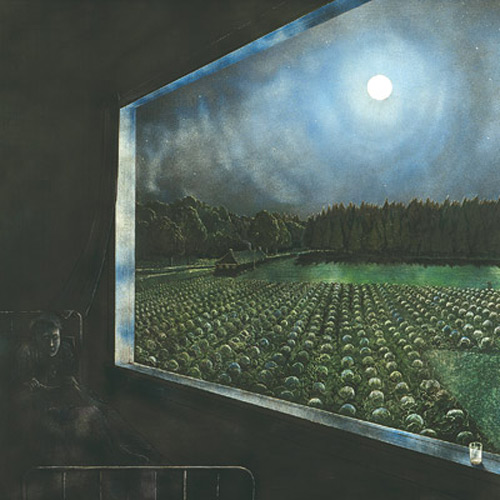
Finding Meaning: Beliefs, Spirituality, and Art
William Kurelek, All Things Betray Thee Who Betrayest Me
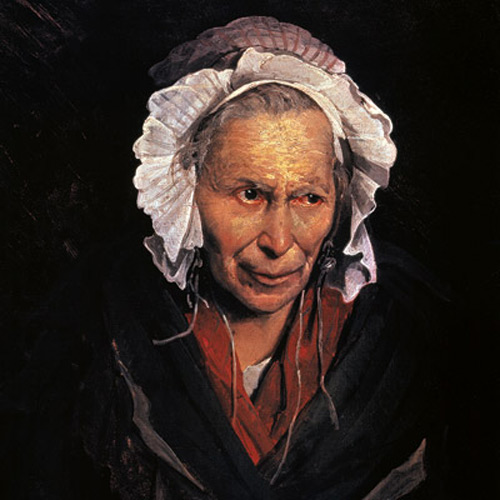
Forensic Psychiatry
Théodore Gericault, The Obsession of Envy (Monomanie de l'envie)
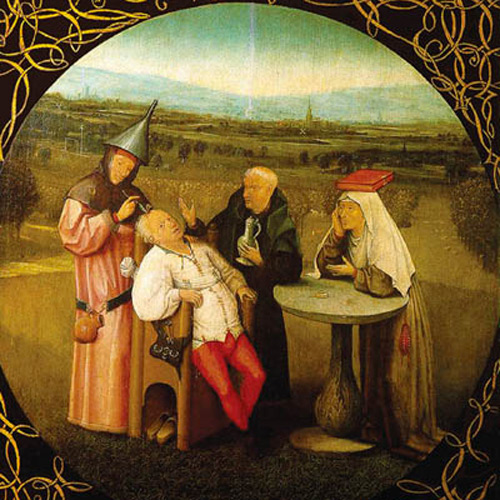
Art as a Window Into Brain Functioning
Hieronymus Bosch, The Cure of Folly
